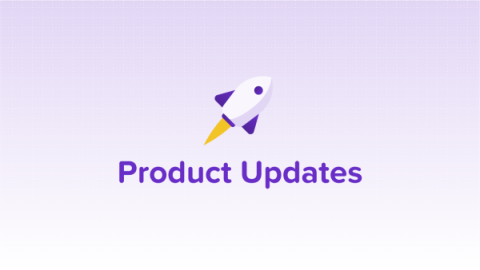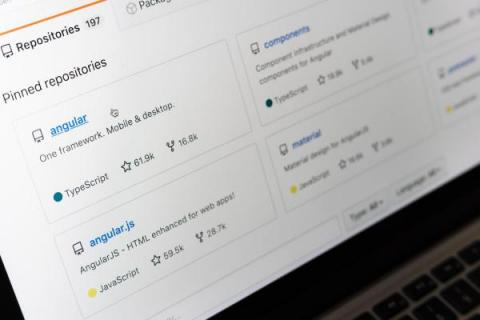What's New In Loadero (February 2023)
The short month of February was a time of intensive work in Loadero, and while some of the biggest updates are coming soon, we have some news about what has been added to Loadero recently. Below are the updates we’ve done.








